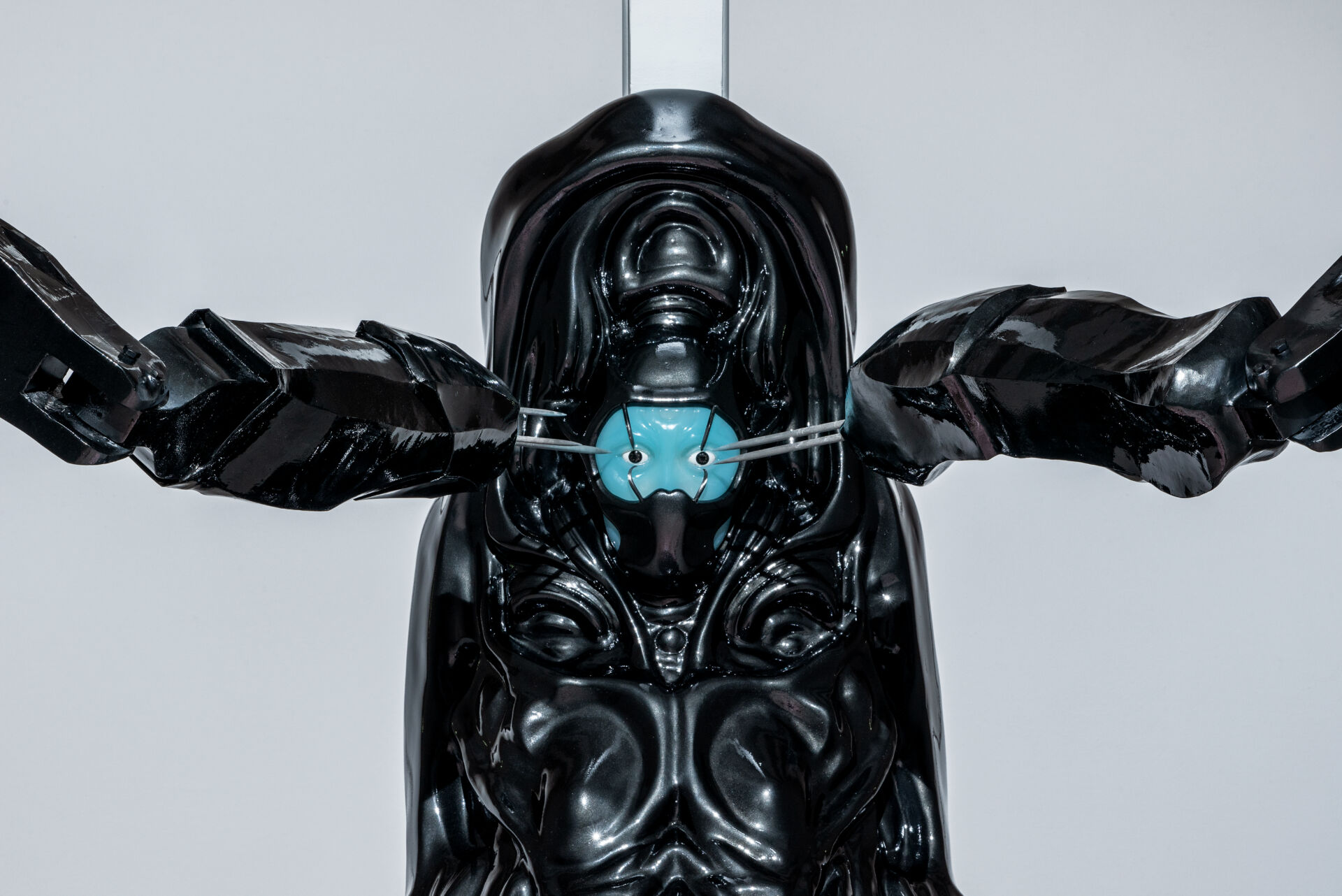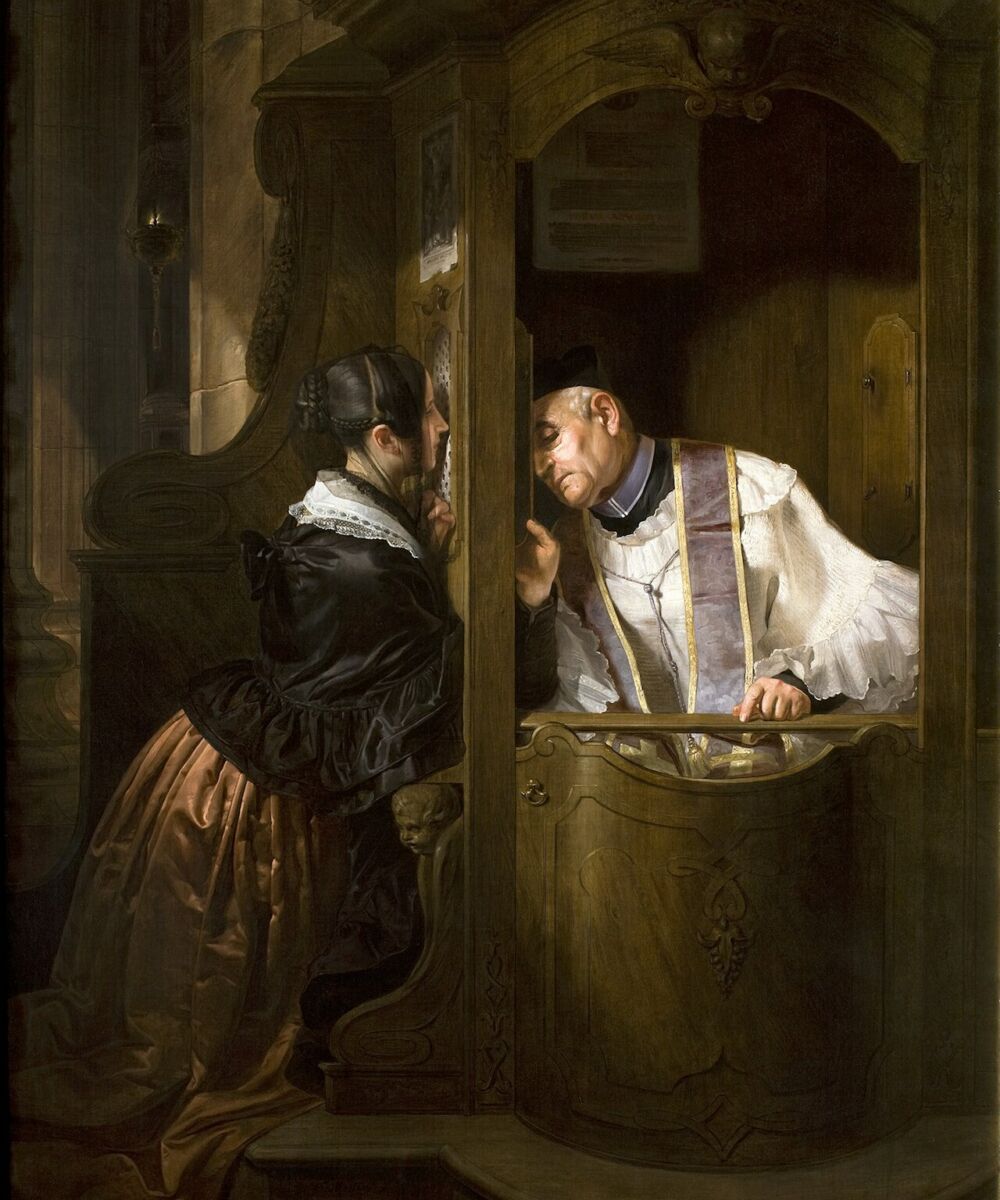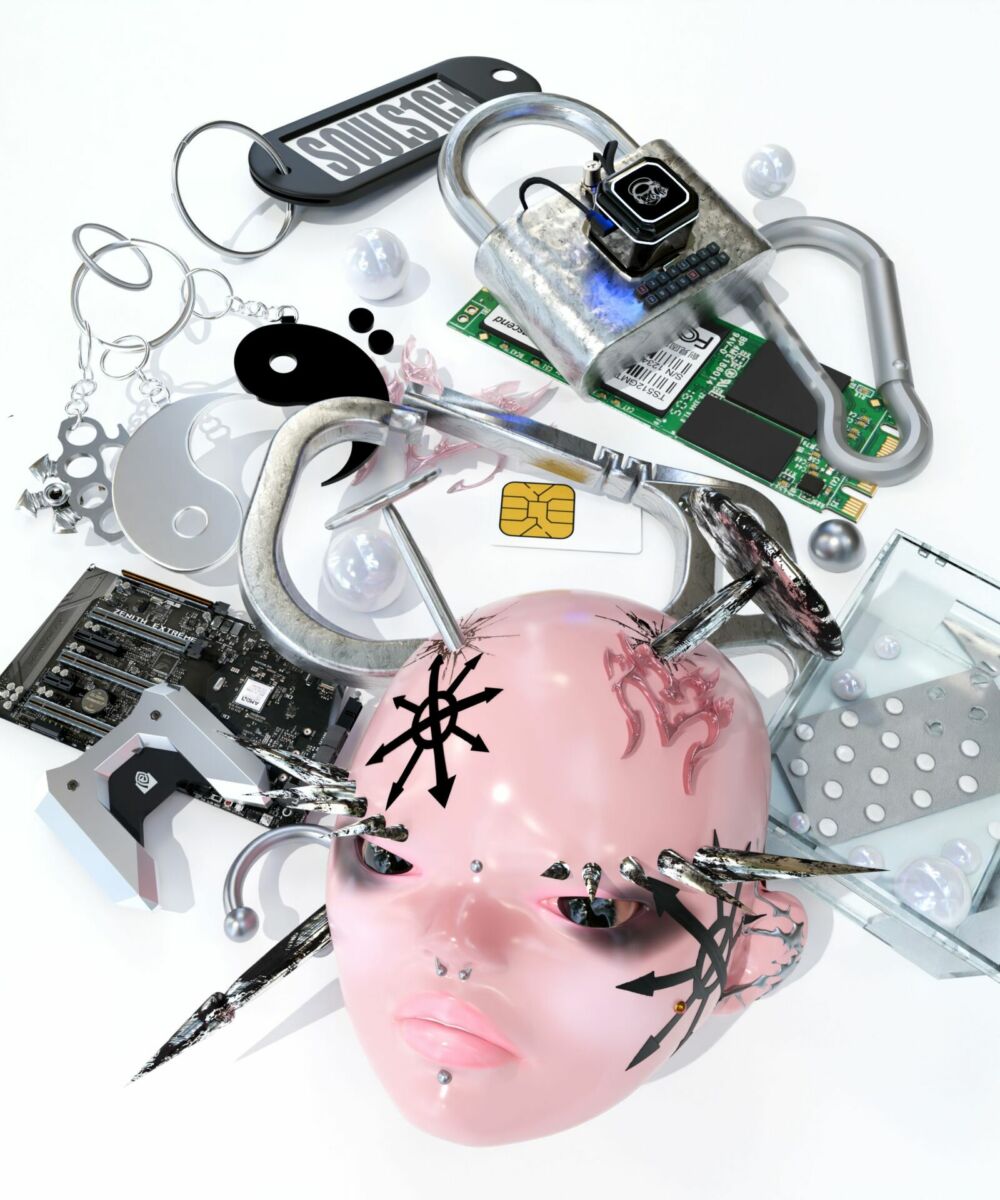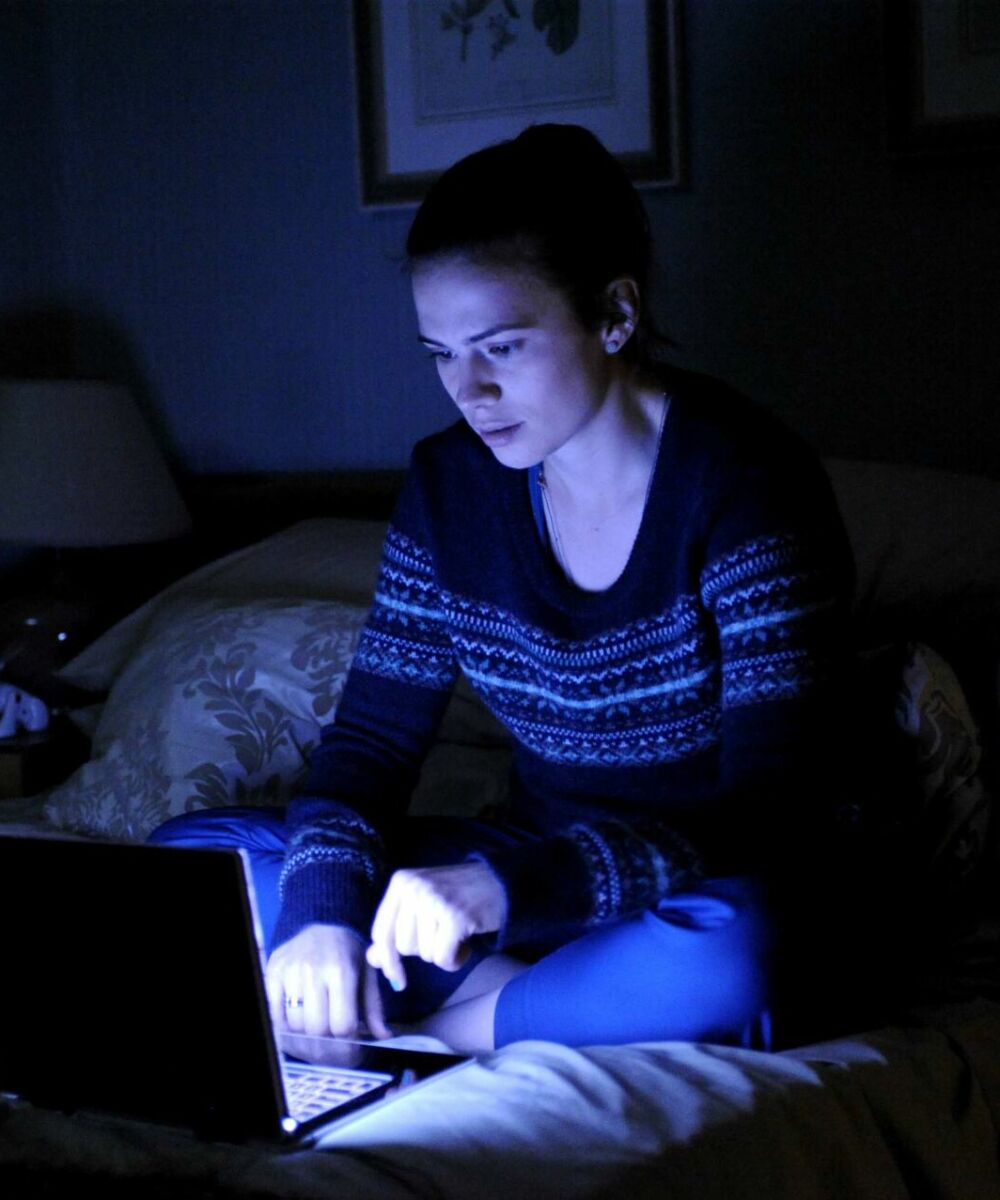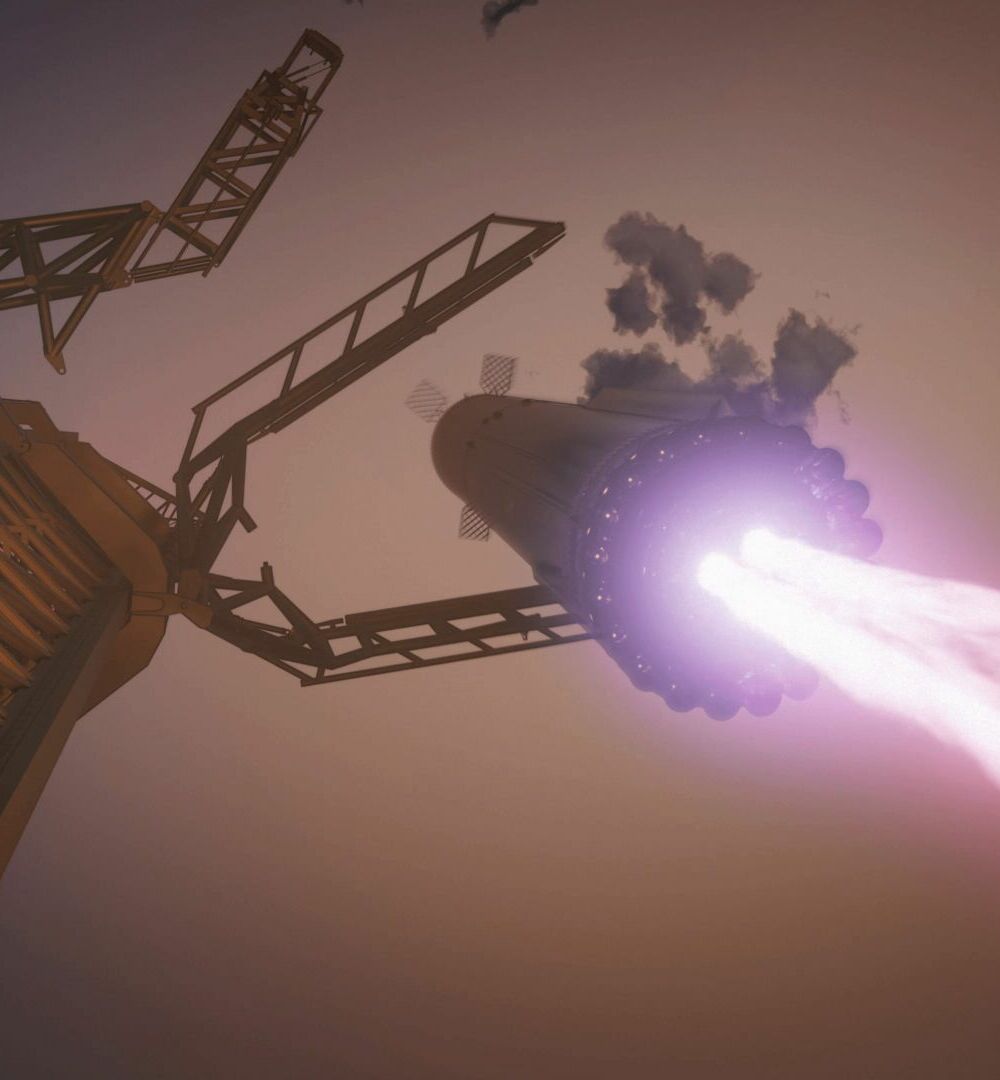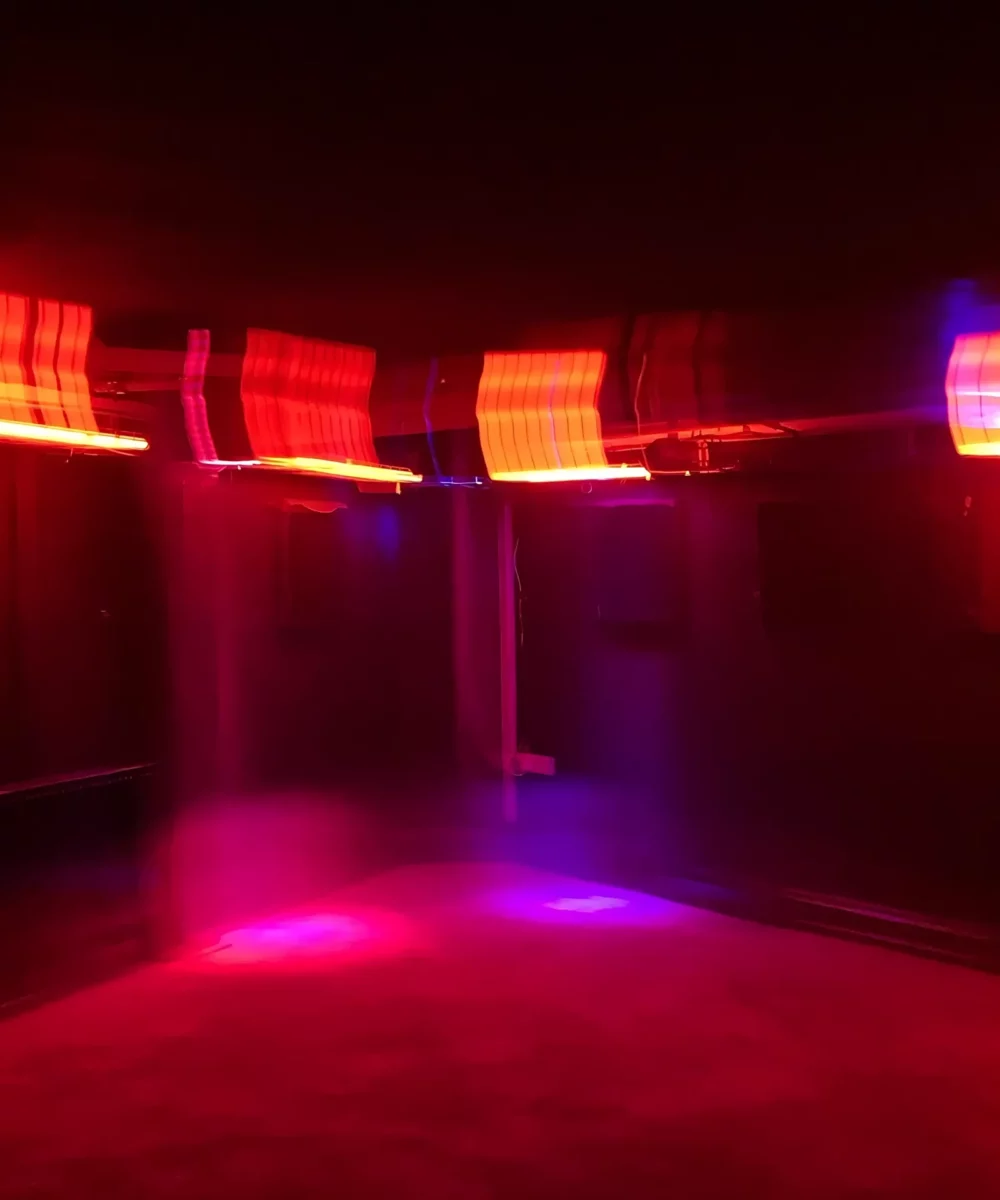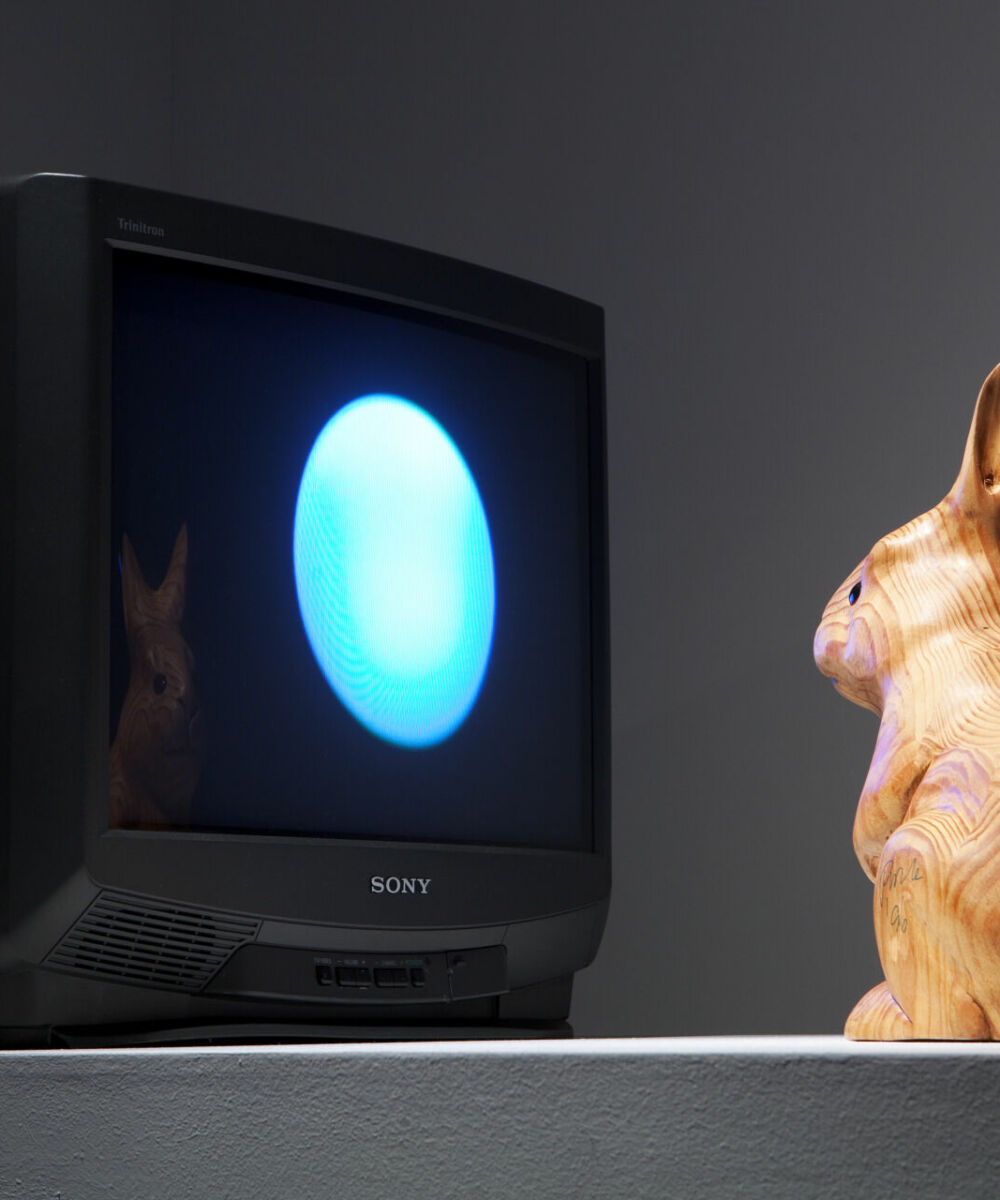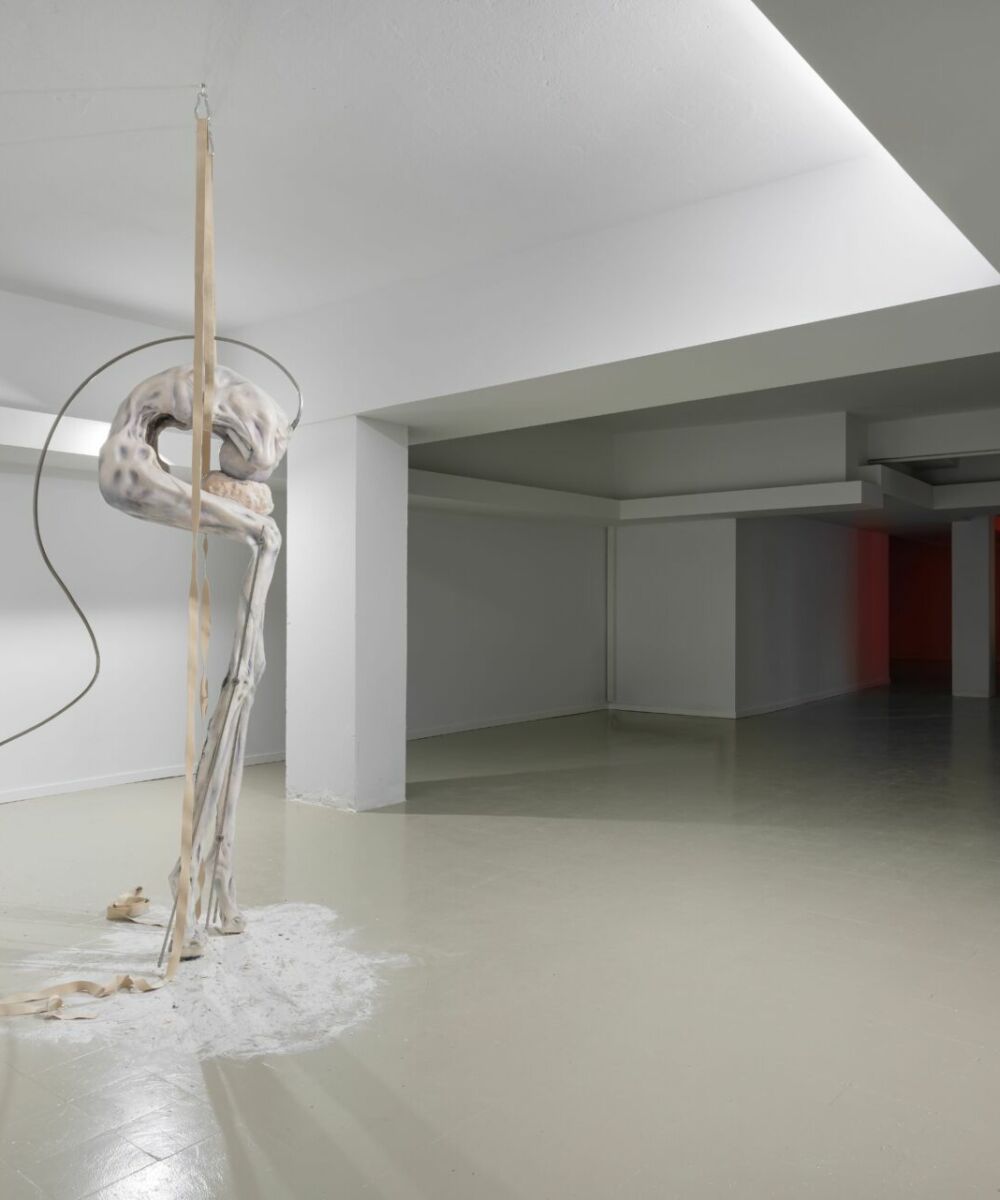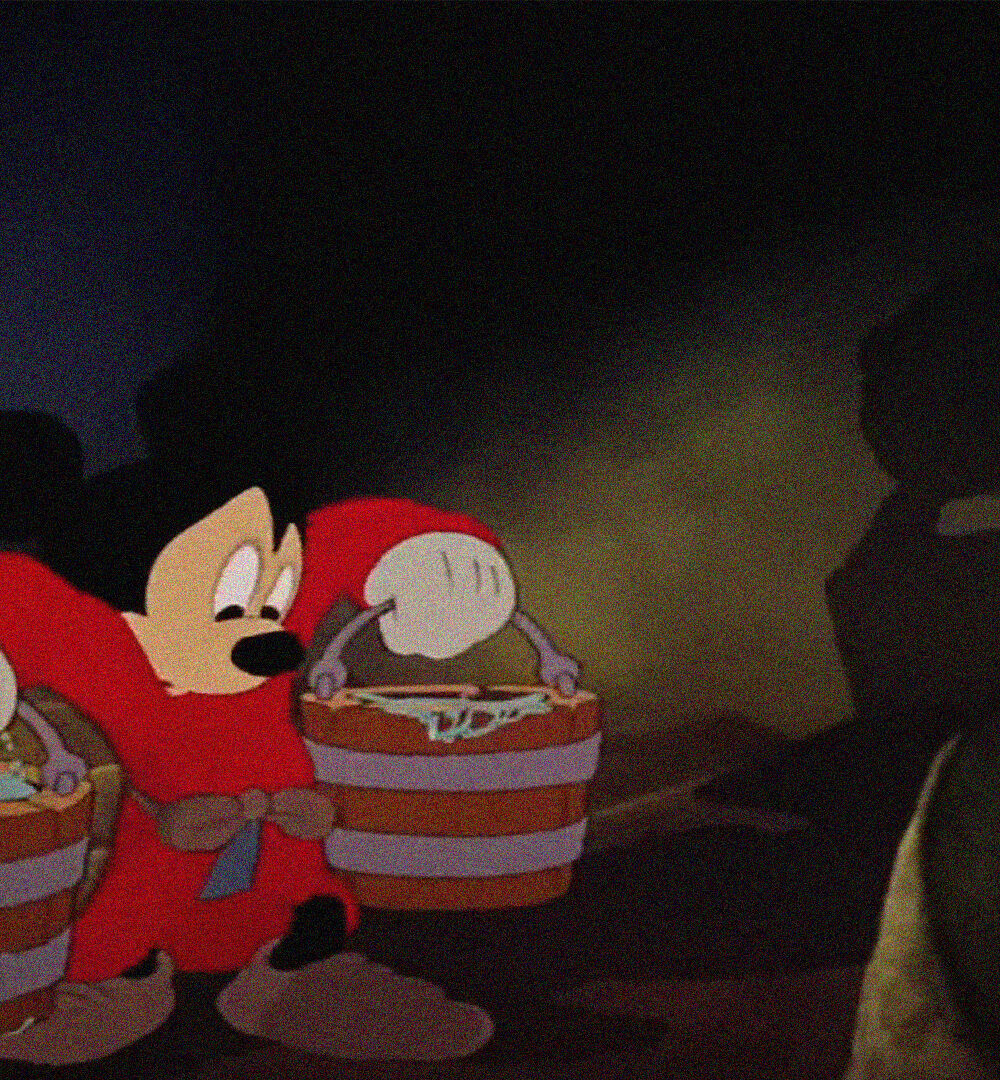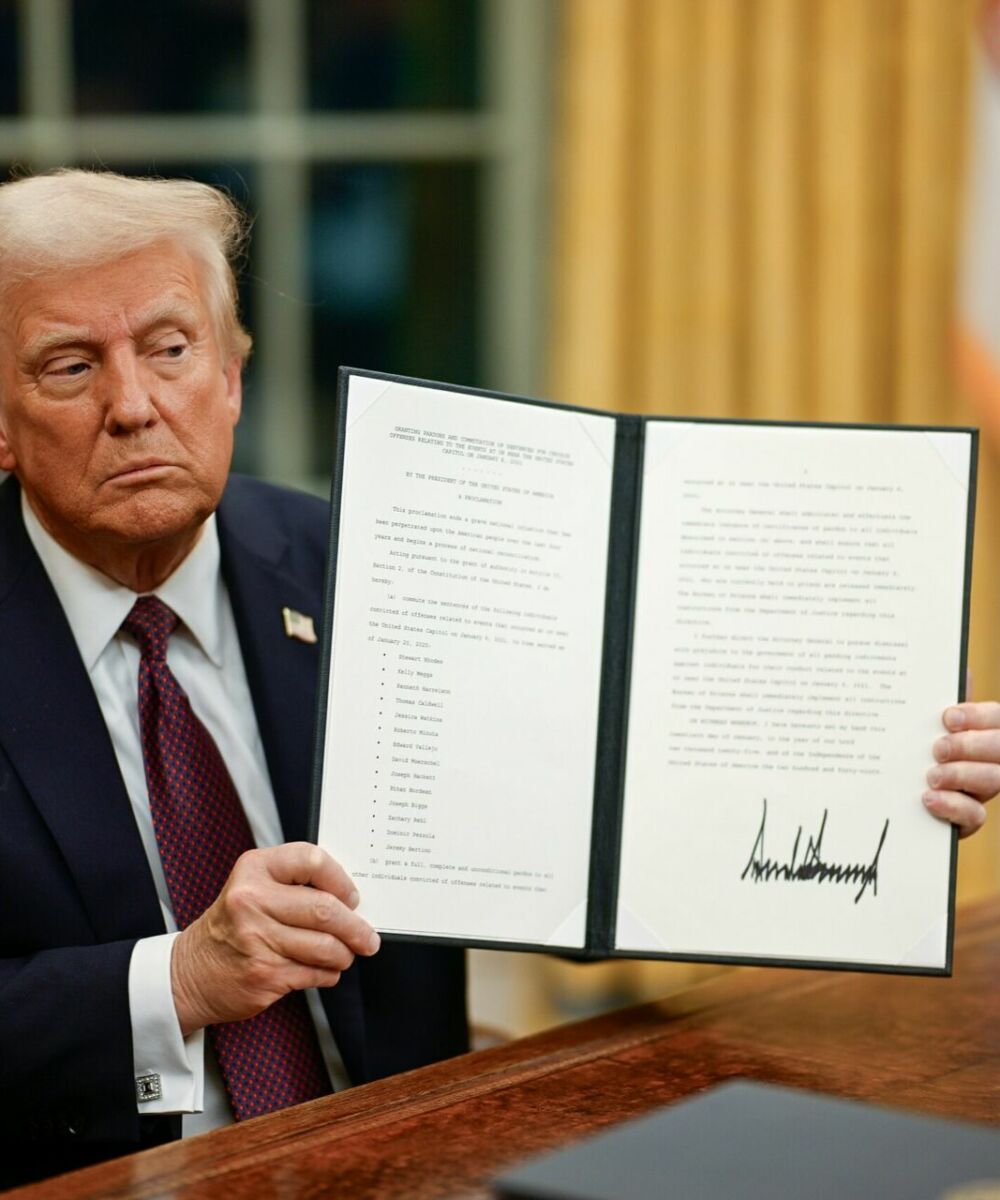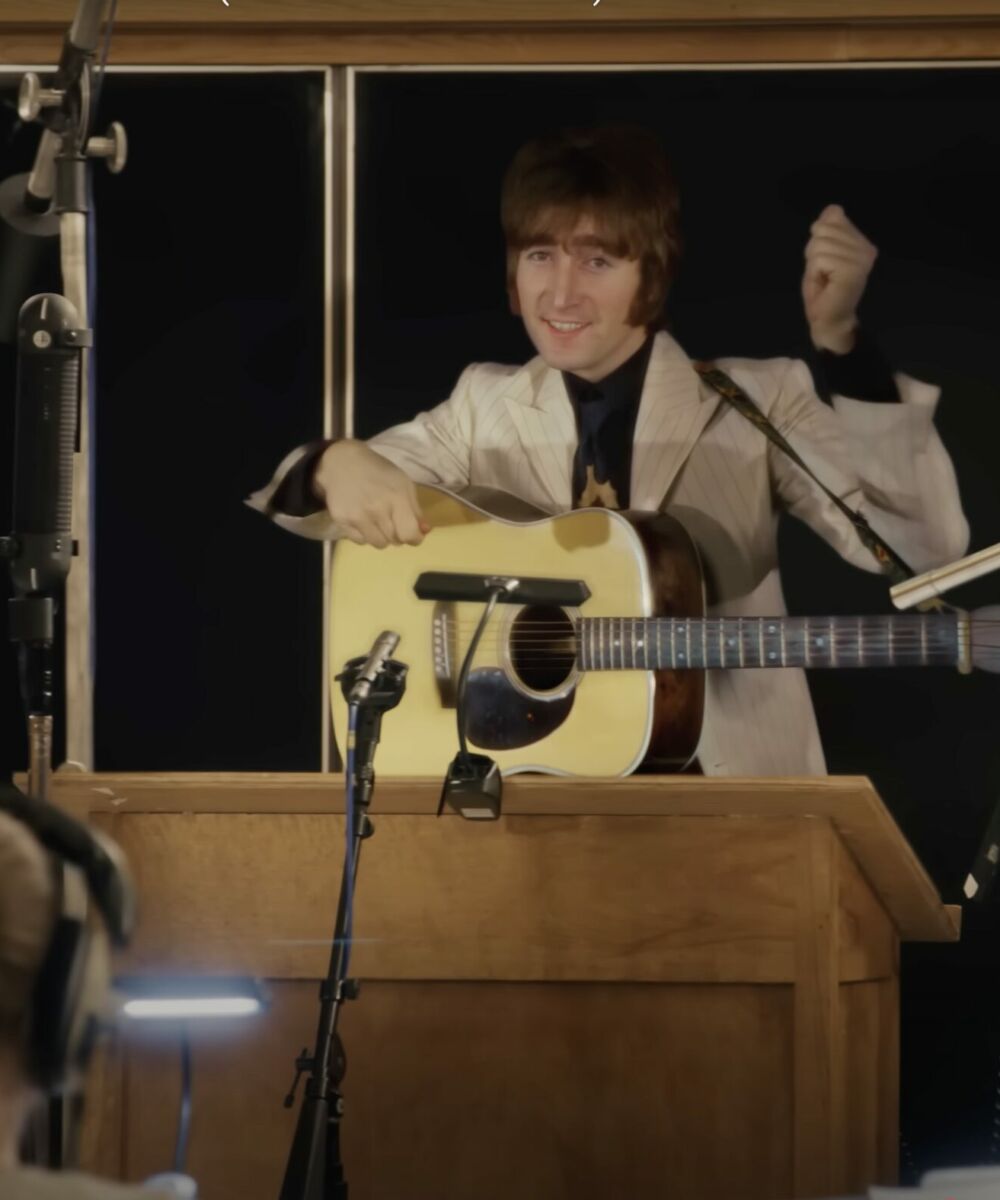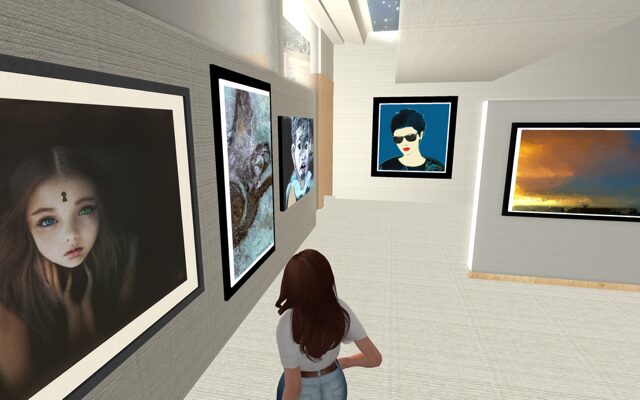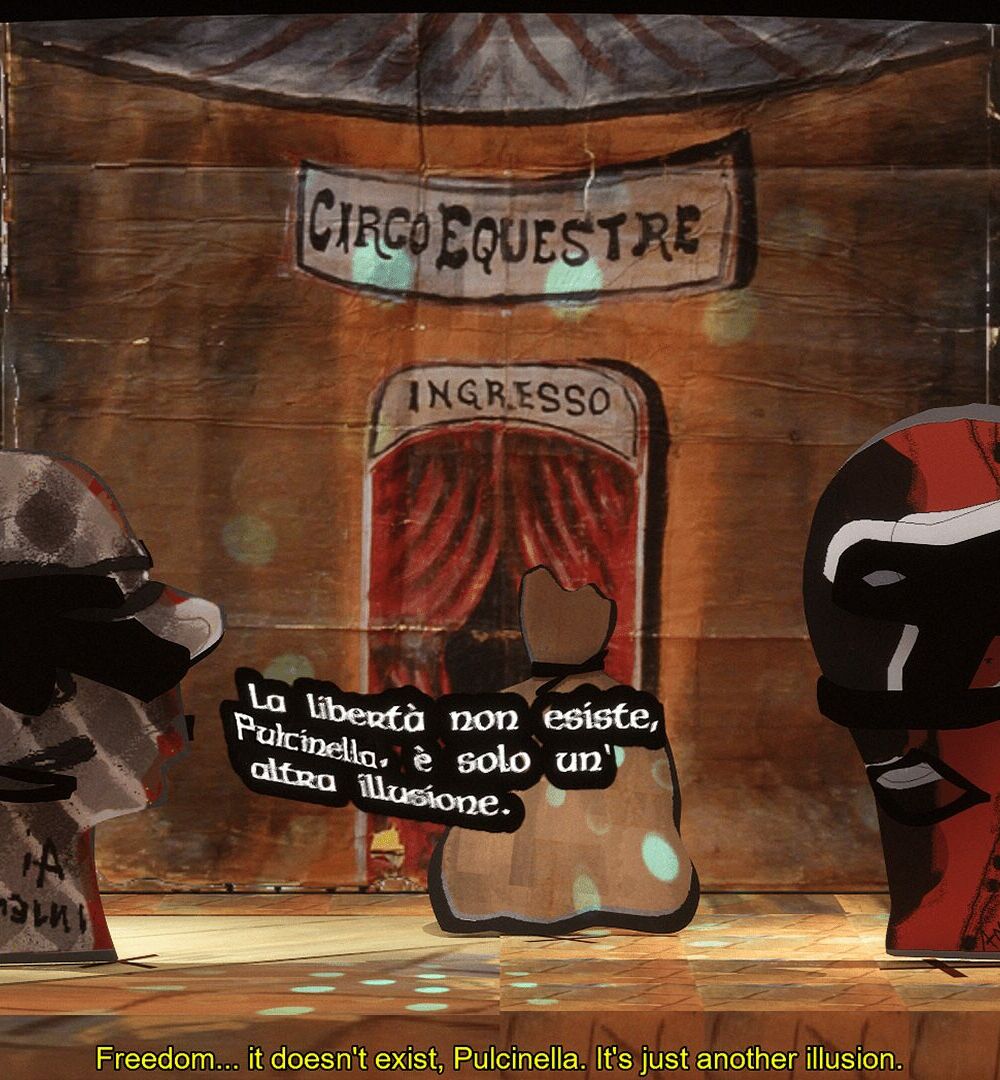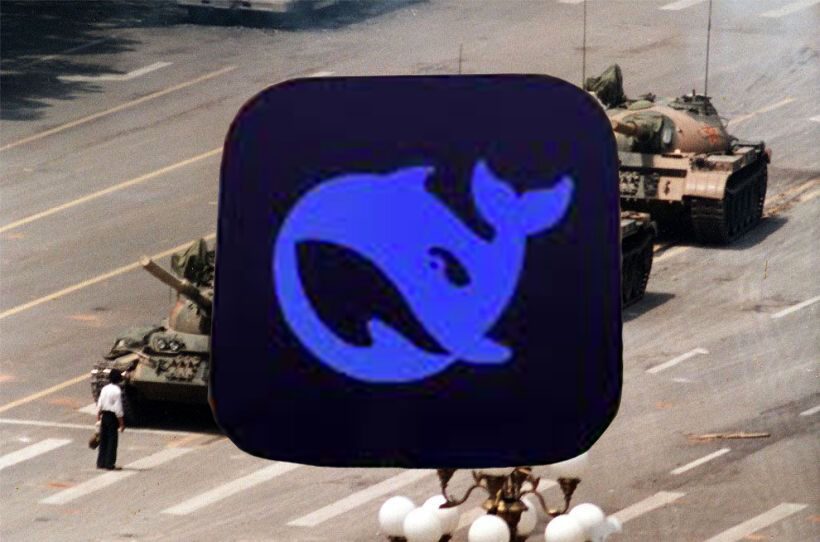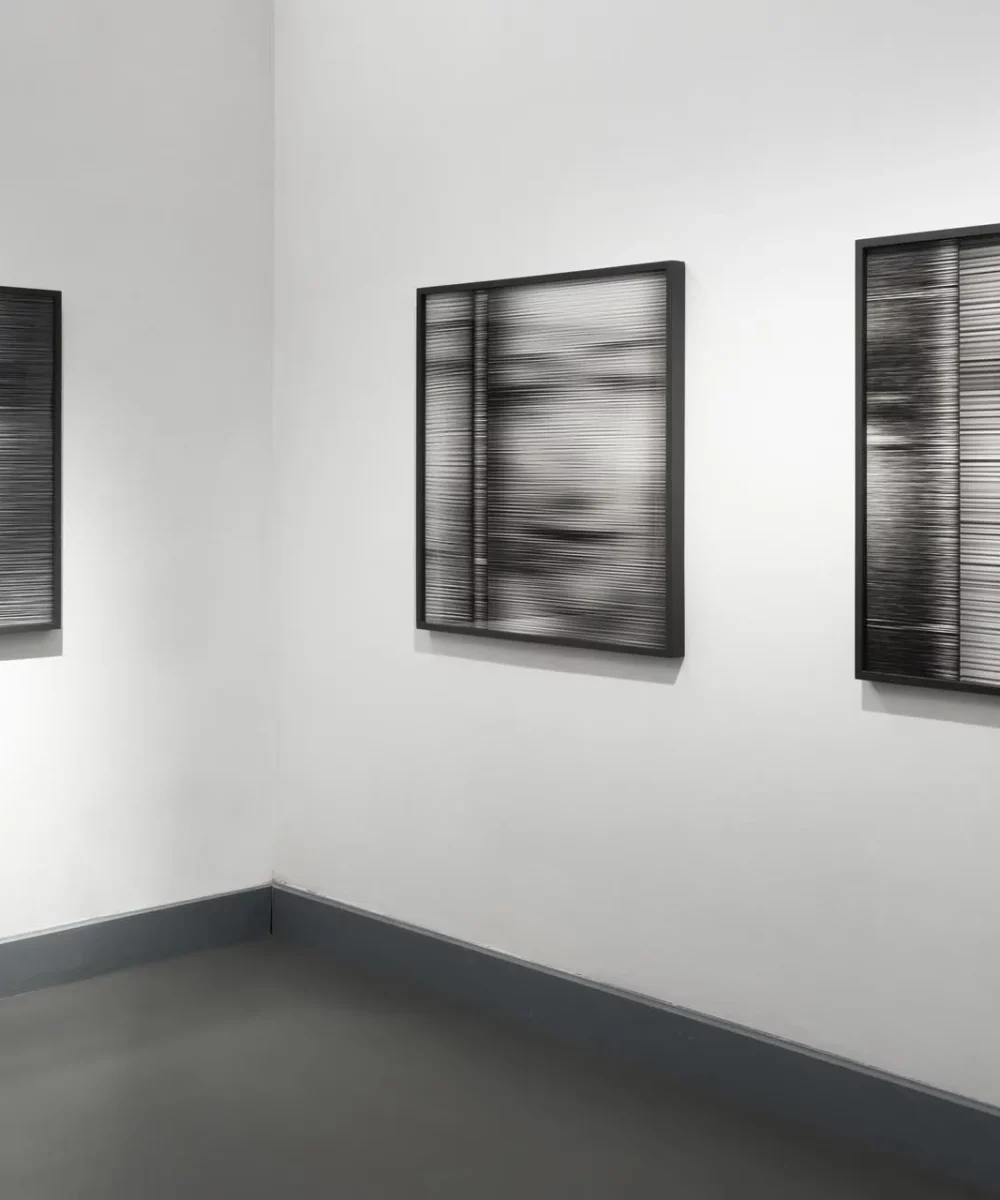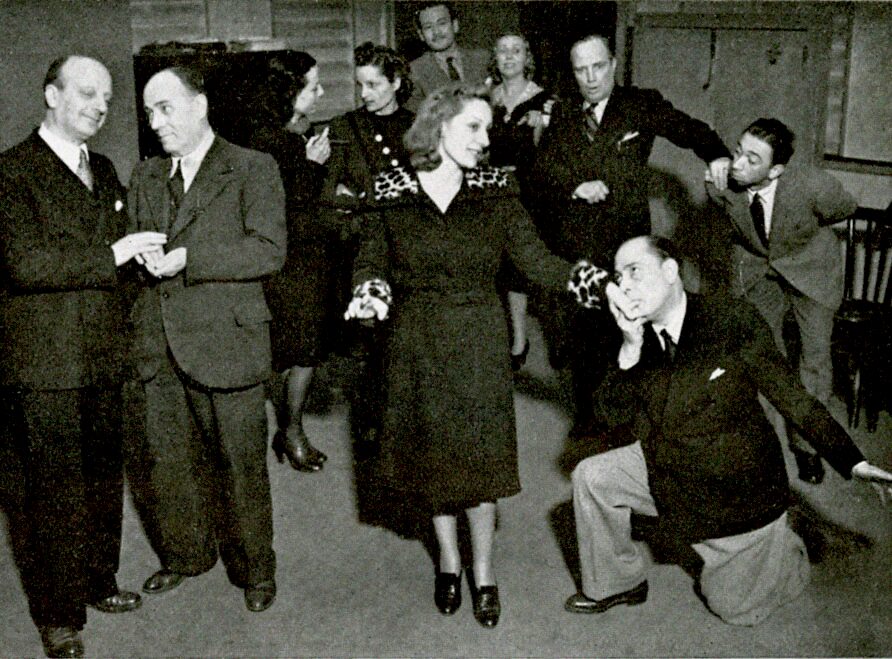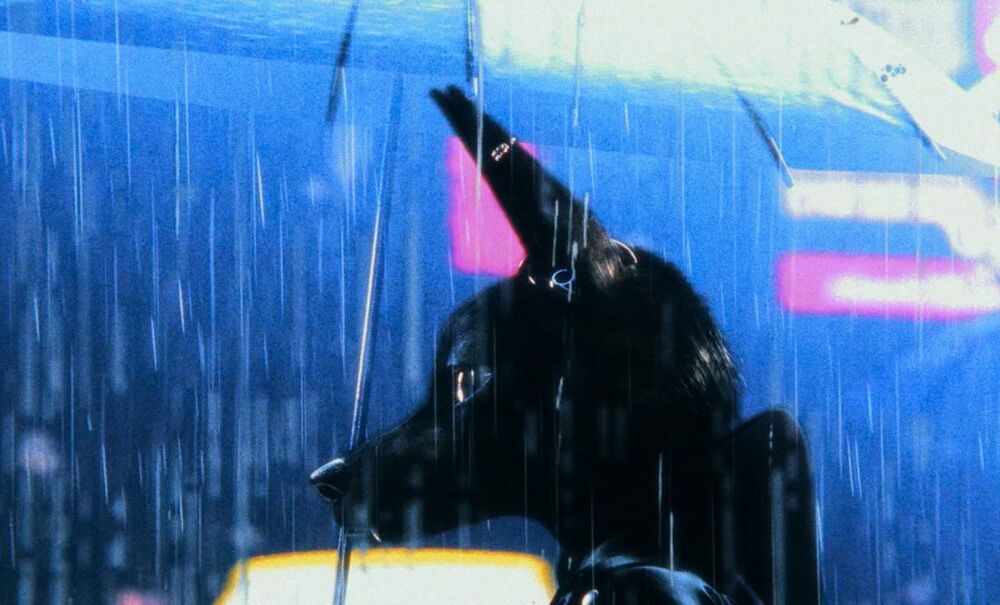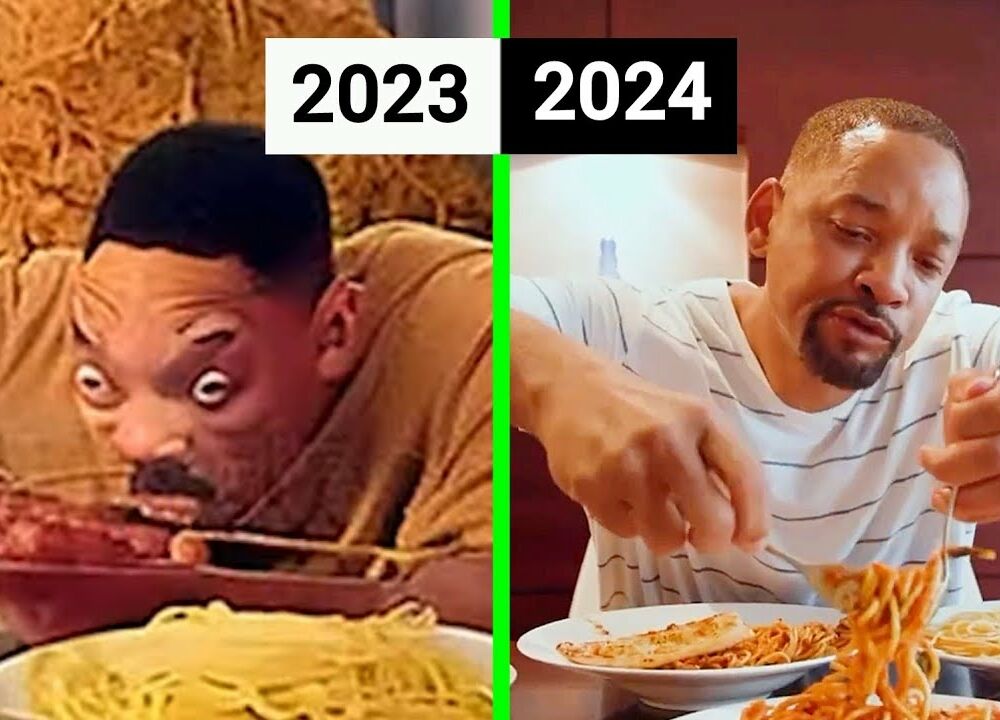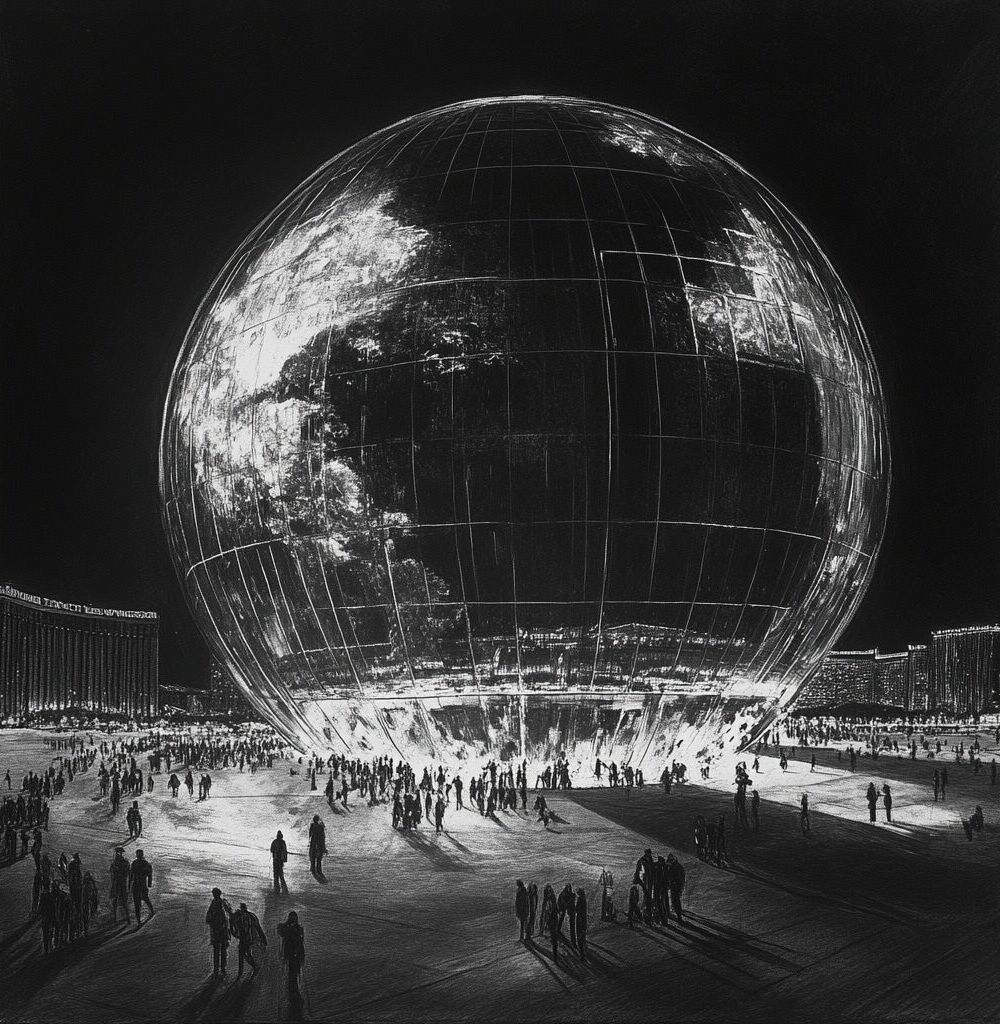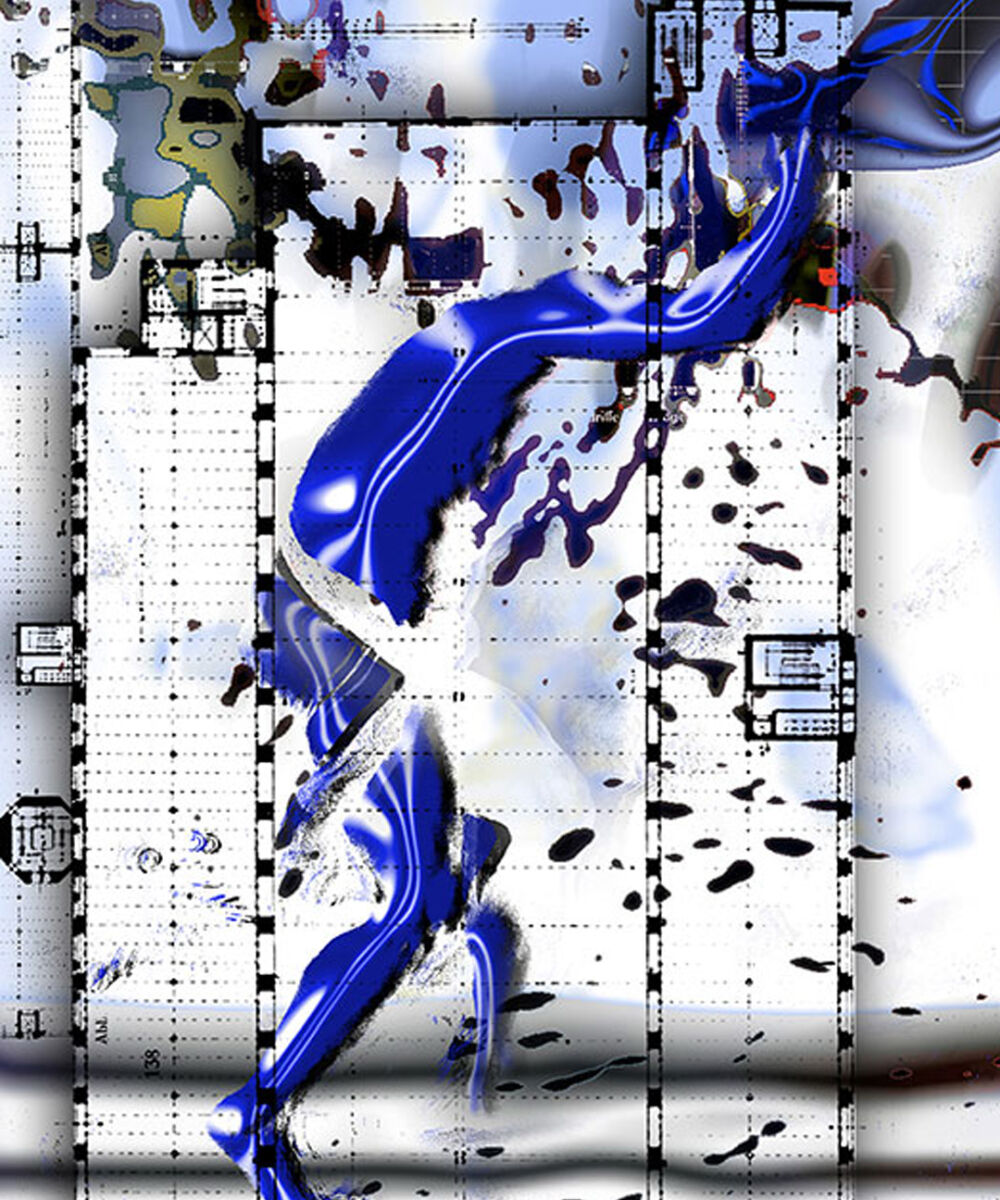NET ECOLOGY
The Gaze as a Form of Resistance: The Transhuman Body Between Control and Liberation
di Laura Cocciolillo
In the relationship between the observer and the observed, the gaze becomes a tool of power, capable of shaping and dominating. Michel Foucault teaches us that surveillance operates subtly yet pervasively, transforming bodies into docile, disciplined objects that are easily controlled. However, when the gaze is returned, it transforms into an act of resistance, an assertion of self and identity. It is within this tension that Nexaris Suite, the exhibition by Agnes Questionmark, curated by Angel Moya Garcia, at Tenuta dello Scompiglio in Lucca, is situated: an exploration of the power of the gaze and the individual’s ability to subvert dynamics of control and oppression.
Agnes Questionmark reclaims the narrative of science fiction to critically explore a society that seeks to exert control over the body—a “trans” body that transitions across gender (transgender), species (trans-species), or from the human to the non-human (transhuman). The artist creates a visual universe where the body is no longer an autonomous entity but a node within a complex web of meanings, shaped and co-constituted by every entity interacting with reality.
The titular work, Nexaris Suite, offers an intense visual and conceptual experience that delves into themes of power, surveillance, and identity through a haunting and suggestive corporeal metaphor. The scene evokes the artist’s personal experience as a spectator of a surgical procedure: at the center of the installation stands a massive non-human entity, part organic, part technological, its lower body entirely composed of an intricate mass of tentacles. The patient, immobilized and helpless under the surgeon’s control, undergoes eye surgery. The only human aspect of this figure is the face, a crucial element that establishes a point of connection with humanity and serves as the symbolic focal point of the entire work. The gaze becomes the keystone of the piece, embodying a confrontation between dominance and submission. The organic matter at the heart of the work elevates the gaze to the status of the eye, a symbol of control and a critique of scientific domination over bodies.
Eyes, conceived as mirror-thresholds, symbolic windows to the world, function as inviolable boundaries that allow the observation of reality without permitting its manipulation, control, or regulation.
The artist interrogates what happens when the eyes, symbols of emancipation and resistance, become the target of surgical intervention, transforming into the battleground between observer and observed. By returning the gaze to the observer and reawakening self-awareness through the reclamation of agency, the patient’s eyes become tools of autonomous vision, capable of reasserting a dominant power over the observer—a form of resistance that subverts the control dynamics imposed by the medical gaze. Eyes, conceived as mirror-thresholds, symbolic windows to the world, function as inviolable boundaries that allow the observation of reality without permitting its manipulation, control, or regulation. The artist constructs a powerful image in which the observed subject is not entirely subjugated but has the capacity to respond to the dominant gaze. This dynamic stages a symbolic reversal: when the immobilized patient returns the gaze to the surgeon, a kind of role reversal occurs, with power no longer unidirectional but open to a new form of resistance.
On the other hand, there is Opera Medica, a three-channel installation presenting a splatter-style video set in an operating room. This time, however, the work becomes a kind of liberatory exercise, a queer inversion of the oppressive medical dynamics to which a trans body is socially and bureaucratically subjected. Agnes Questionmark emphasizes that transhumanism has a negative connotation, as it tends to uphold the idea of a healthy, white, affluent body, excluding—and failing to tolerate—non-conforming bodies. According to the artist, technology and transmedicine, while ostensibly enabling trans individuals to achieve their identity, become systems of control reinforcing exclusionary and discriminatory dynamics. In the video, Questionmark assumes the role of a physician, reclaiming the scientific narrative through sci-fi.
From this perspective, the surgical scene is not merely an image of violence or domination but also a potent metaphor for resilience and liberation, where the gaze becomes an act of symbolic rebellion. The transgender body thus becomes an emblem of a relational ecology that challenges oppressive logics. It is not merely an object of scientific control but an active subject reaffirming its place within a network of shared meanings. This exhibition is not just an exploration of power but an invitation to rethink relationships, identities, and the possibilities of the body, embracing a radically interconnected vision of the world.
Laura Cocciolillo
Is an art historian specialising in art and new technologies and new media aesthetics. Since 2019 she has been collaborating with Artribune (for which she is currently in charge of new media content). In 2020 she founded Chiasmo Magazine, an independent and self-funded Contemporary Art magazine. From 2023 he is web editor for Sky Arte, and from the same year he takes care, for art-frame, of the column ‘New Media’, dedicated to digital art.



